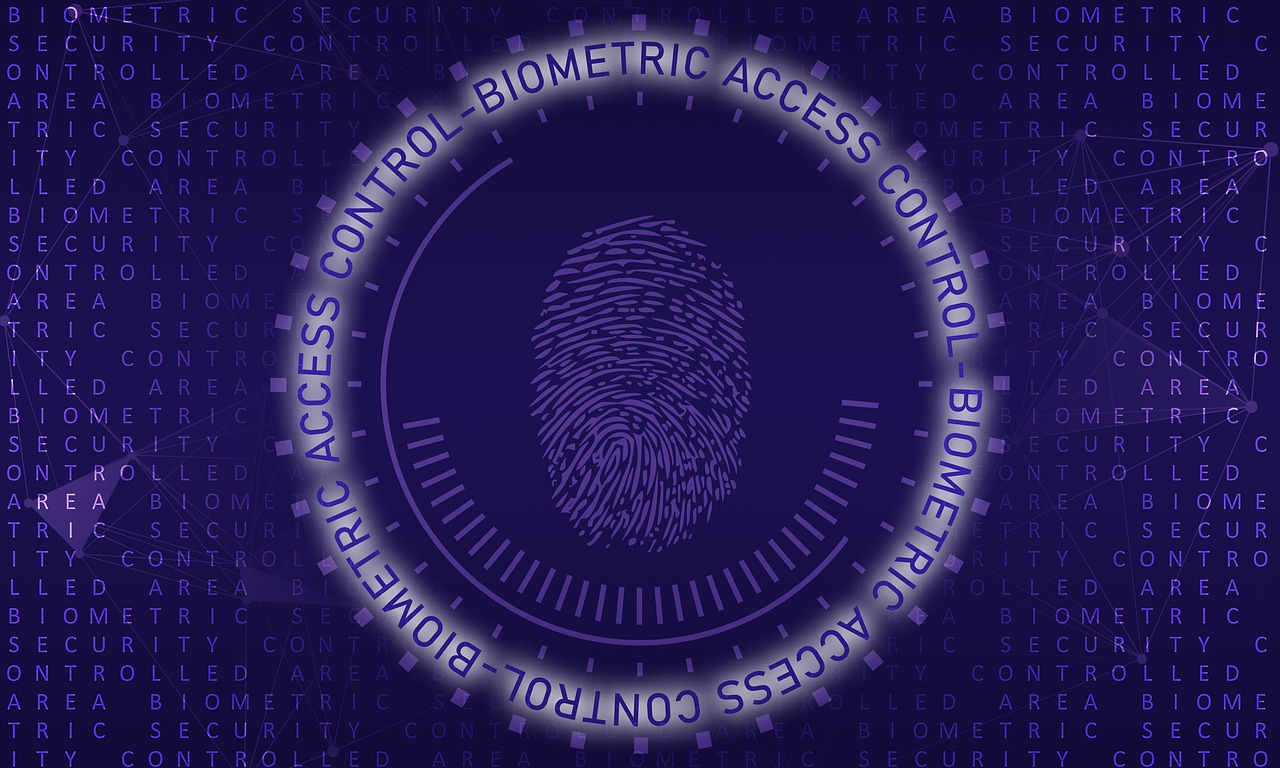This post is also available in:
 עברית (Hebrew)
עברית (Hebrew)
Biometrics has quickly established itself as the most pertinent means of identifying and authenticating individuals in a reliable and fast way, through the use of unique biological characteristics. The military is one of the sectors using biometric technology for various authentication tasks.
The US military has been improving its biometric processing capabilities abroad. Army Soldiers patrolling critical checkpoints overseas will soon have an improved biometrics tool to help identify persons of interest in real time. The technology will modernize the Army’s 20-year-old biometric processing capabilities.
The new software has been developed by Army Futures Command’s Command, Control, Communications, Computers, Cyber and Intelligence, Surveillance and Reconnaissance (C5ISR) Center.
The handheld device – Biometrics Automated Toolset – Army (BAT-A) is used by deployed Soldiers to collect, process and reference biometric identity information — such as iris, fingerprint and facial images — during force protection screenings.
The BAT-A system consists of biometric enrollment laptops, peripherals, and BAT-A servers. It is a biometric system operated over SIPRNET and Combined Enterprise Regional Information Exchange System (CXI) in Afghanistan. BAT-A also has a BAT.Web interface to provide worldwide access to the BAT-A data.
BAT-A HH is an all-in-one multimodal biometric enrollment and identification system designed to support identity management missions in an unclassified environment. The system consists of the Secure Electronic Enrollment Kit (SEEK II) which provides fingerprint scanning, iris capture, face capture, GPS location and text input.
The BAT-A Kit collects, matches, stores and shares a person’s biometric data and enrolls the information into the DoD enterprise authoritative biometric database, DoD Automated Biometric Identification System (DoD ABIS), to verify the individual’s identity, according to peoiews.army.mil.
A crucial part of the process is the databases. With the system deployed to U.S. joint forces around the world and more than one million entries saved in the DoD’s Automated Biometrics Identification System, it is important to migrate BAT-A to a database that will meet the government’s new electronic biometric transmission specifications.
According to army.mil, the new database software architecture will improve the overall speed and functionality of the tool so Soldiers can access better filtered information, noted Will Daddario, a software engineer with the C5ISR Center. “In the past, superfluous information had the ability to make its way up and into the BAT-A database. That will not happen anymore,” Daddario said.
“The need for accurate and timely data is vital to the protection of our warfighters in support of Multi-Domain Operations. This updated database will make it more efficient for warfighters to collect, identify and neutralize the enemy,” said a project manager for PM DoD Biometrics.

























